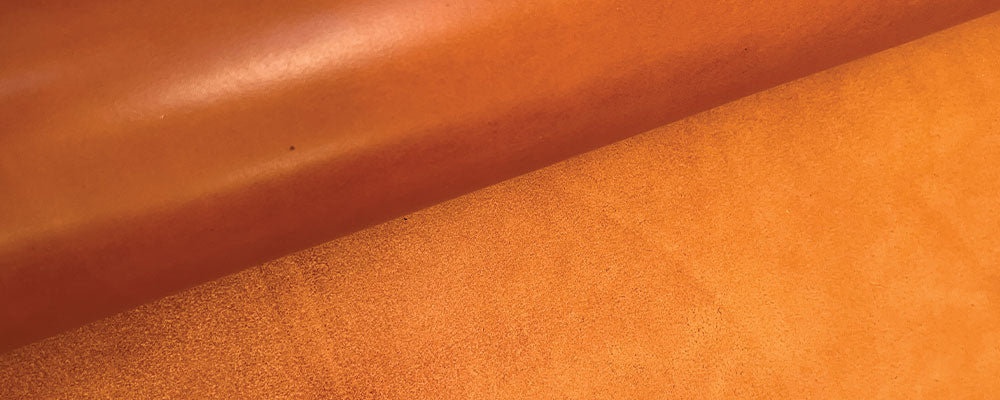How is the Vegetable Leather Production Process?
Posted by ASPEN LEATHER GOODS

The vegetable leather production process involves several steps:
- Preparation of the hide: The hide is first soaked in a solution of water and enzymes to soften it and remove any remaining flesh or fat.
- Tanning: The hide is then soaked in a solution of water and tannins extracted from plants, such as tree bark and leaves, for several weeks. This helps to preserve the hide and give it a desired color and texture.
- Drying and shaping: After tanning, the hide is stretched and shaped on a frame, where it is left to dry. As the hide dries, it becomes more pliable and can be molded and shaped.
- Finishing: Once the hide is dry, it is treated with oils and waxes to give it a desired color and finish. The hide may also be treated with various chemicals and dyes to create different colors and textures.
- Cutting and stitching: The tanned hide is then cut into the desired shapes and sizes and stitched together to create leather goods such as shoes, bags, belts, and clothing.
Vegetable tanning is a slower and more labor-intensive process than other methods of tanning, such as chrome tanning, which uses chemicals to tan the hide. However, vegetable tanned leather is prized for its natural appearance, durability, and versatility, and is often considered a more environmentally friendly alternative to chemically treated leather.
Is leather production environmentally friendly?
The environmental impact of leather production depends on the method used to tan the hides.
Vegetable tanned leather is generally considered to have a lower environmental impact than leather treated with chemicals, such as chrome tanned leather. This is because the tannins used in the vegetable tanning process are derived from renewable resources and do not produce harmful by-products during the tanning process. Additionally, vegetable tanned leather is biodegradable and can be disposed of safely in the environment.
However, leather production can still have negative environmental impacts. For example, the production of leather requires large amounts of water and energy, and the processing of hides generates waste products that must be properly managed to avoid pollution. The transportation of raw materials and finished products can also contribute to greenhouse gas emissions.
Overall, while vegetable tanned leather may have a lower environmental impact than some other types of leather, it is still important to consider the environmental impact of leather production when choosing leather products.

